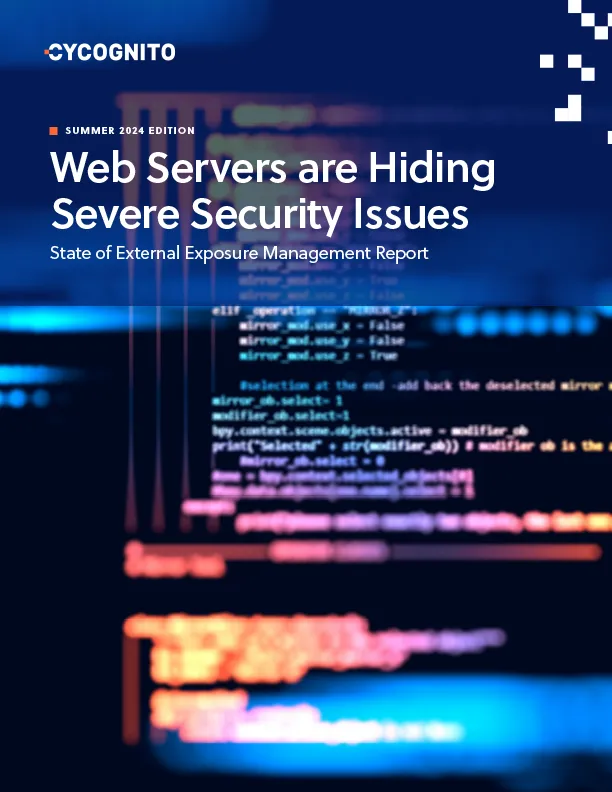Cybersecurity Glossary
False Positive
A false positive is an alert that a detective and protection software generates when legitimate activity is classified as an attack.
This may not seem as harmful as a false negative, but it can be detrimental in the long term. In the short term, it can result in a website, file, or item being quarantined, blocked, or deleted and in the long term lead to alert fatigue and ignoring alarms. Like “The Boy Who Cried Wolf”, the problem is liars are not believed even when they speak the truth.
False positives can also occur easily in attack surface management when assets are incorrectly attributed to an attack surface. In these cases it’s important to have a facility for vetting these and excluding them from future assessments.
See Also
Warning: simplexml_load_file(): /var/www/html/shared/webinars/webinars.xml:309: element webinar: validity error : ID from-discovery-to-remediation-the-2025-landscape-for-attack-surface-management already defined in /var/www/html/shared/webinars/listing-path.php on line 3
Warning: simplexml_load_file(): "from-discovery-to-remediation-the-2025-landscape-for-attack-surface-management" in /var/www/html/shared/webinars/listing-path.php on line 3
Warning: simplexml_load_file(): ^ in /var/www/html/shared/webinars/listing-path.php on line 3
Resources  Webinars
Webinars
Improve Attack Surface Visibility While Reducing False Positives
 Webinars
WebinarsJoin Meir Asiskovich, VP of Product at CyCognito, as he demonstrates how your Security team can build a more streamlined and focused attack surface visibility program that eliminates this noise, prioritizing risks based on their business impact, discoverability, and exploitability intelligence.
Use Cases
Attack Surface Management with Zero Seeds, Zero Configuration, and Zero Onboarding
CyCognito uniquely reveals unknown and unmanaged assets associated with your organization, including assets in cloud, partner, and subsidiary environments.
Platform > Features
Prioritization
Eliminate alert fatigue and focus on the top 1% most critical issues in your attack surface through intelligent, automated risk prioritization.
CyCognito Report
State of External Exposure Management, 2024 Edition
Critical vulnerabilities often hide in plain sight—especially in your web servers.
The report is a must-read for understanding today’s external risks and how to prioritize them effectively. Download the report to stay ahead of emerging threats and strengthen your security posture for 2025.
